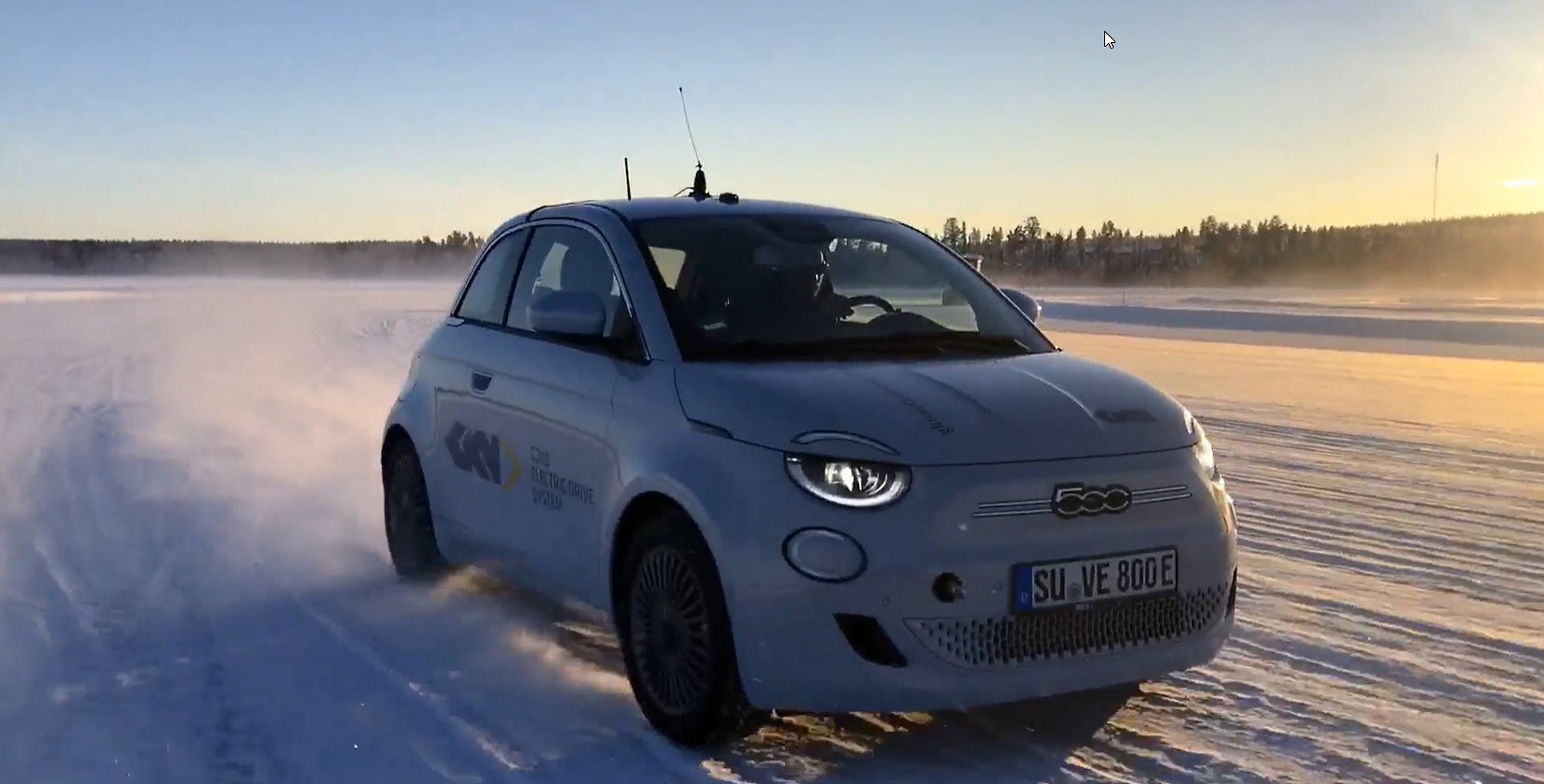The New Fiat 500 features in the Shop & Charge project, promoted by the Fiat brand, Carrefour Italia and Be Charge and coordinated by the Stellantis e-Mobility Business Unit.
Agreed to in December 2020, the project can now witness the activation of the first 60 charging points in Piedmont, Lombardy, Veneto and Tuscany, with the scheme due to be extended to the 135 Carrefour retail outlets participating in the initiative.
The three partner companies’ commitment to sustainability is being put into action in a straightforward but effective scheme, aimed at improving the experience of electric vehicle customers seeking practical, efficient charging solutions.
Advantageous charging in the time it takes to do the shopping
The partnership with Carrefour – the creator of the “Shop & Charge” project – gives New 500 customers the opportunity to charge their car in the time it takes to do the shopping. In the 30 minutes it takes to do the food shopping on average, the New 500’s battery can be charged up enough to travel up to 300 km using the Fast charge points, or up to 50 km by connecting to the Quick points. Be Charge has installed both of these types of charge points in the parking lots of the Carrefour retail outlets participating in the initiative.
New 500 customers will also have access to discounted charging rates, and more besides. Indeed, dedicated offers will be available to them as part of the PAYBACK scheme, such as discounts on shopping at Carrefour and points accelerators to claim the rewards in the PAYBACK catalog more quickly. Again for New 500 customers only, the loyalty card and the PAYBACK app will offer exclusive discounts on the Click & Collect service, Carrefour’s priority lane to pick up orders made online, and on home delivery.
The involvement of the Fiat sales network
For the launch of the partnership, the Carrefour retail outlets taking part in the initiative will take on a New 500 theme, with communications focused on Fiat’s first full-electric car. Fiat brand dealers who have signed up to the initiative will also maintain a presence at these retail outlets, offering test drives to Carrefour customers so they can discover the driving pleasure and technological solutions of the New 500.
Shop & Charge, for a new sustainability
Agreed to in December 2020 as part of its e-Mobility Business Unit’s strategic plan, Stellantis intends to use this agreement to foster sustainable habits in customers who decide to drive an electric car. Naturally, the project – designed for the New 500 – lends itself to potential expansion to vehicles in the Group’s electrified line-up and to other countries covered by the network of Carrefour stores.
For Carrefour Italia, the project represents a further step forward in the implementation of its ‘Act for Food’ environmental sustainability strategy, demonstrating their awareness of their important role as one of the major retail players that can promote sustainability throughout its supply chain.
For Be Charge, the project represents the ideal collaboration between the automotive world, the organized retail sector and charging operators. Together they can speed up the transition to electric mobility plus offer tangible benefits for customers.
Stellantis - Turin, July 14th, 2021


